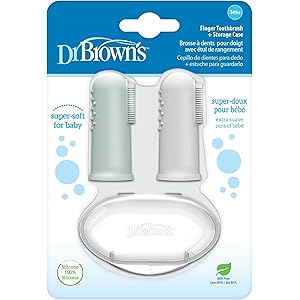Orajel Kids Elmo Training Toothpaste Fluoride-Free; #1 Pediatrician Recommended Fluoride-Free Toothpaste*, 1.5oz Tube
$3.77 (as of October 1, 2025 15:47 GMT +00:00 - More infoProduct prices and availability are accurate as of the date/time indicated and are subject to change. Any price and availability information displayed on [relevant Amazon Site(s), as applicable] at the time of purchase will apply to the purchase of this product.)Understanding USG Obstetrics
USG obstetrics, or ultrasound in obstetrics, is a crucial imaging technique used to monitor the health and development of a fetus during pregnancy. This non-invasive procedure employs high-frequency sound waves to create images of the baby in the womb, allowing healthcare providers to assess various aspects of fetal development, including growth, anatomy, and overall well-being.
The Importance of Ultrasound in Pregnancy
Ultrasound plays a vital role in prenatal care, offering expectant parents and healthcare professionals valuable insights into the pregnancy. It helps in determining the gestational age, identifying multiple pregnancies, and detecting potential complications early on. Regular USG obstetrics examinations can significantly enhance maternal and fetal health outcomes by facilitating timely interventions when necessary.
Types of Ultrasound in Obstetrics
There are several types of ultrasound used in obstetrics, including transabdominal and transvaginal ultrasounds. Transabdominal ultrasound is the most common method, where a transducer is moved across the abdomen to capture images. On the other hand, transvaginal ultrasound is often used in early pregnancy or when more detailed images are required, providing a closer view of the reproductive organs.
When is USG Obstetrics Performed?
USG obstetrics is typically performed at various stages throughout pregnancy. The first ultrasound is usually conducted around 6 to 8 weeks to confirm the pregnancy and check for a heartbeat. Subsequent ultrasounds may be scheduled at 12 weeks for the first-trimester screening, around 20 weeks for the detailed anatomy scan, and later in the pregnancy to monitor fetal growth and position.
What to Expect During a USG Obstetrics Exam
During a USG obstetrics exam, the patient will be asked to lie down, and a gel will be applied to the abdomen to facilitate the transmission of sound waves. The technician will then use a transducer to capture images of the fetus. Expecting parents may be able to see their baby on a monitor, which can be an emotional and exciting experience.
Safety of USG Obstetrics
One of the most significant advantages of USG obstetrics is its safety. Unlike X-rays, ultrasound does not use ionizing radiation, making it a safe option for both the mother and the developing fetus. Extensive research has shown that diagnostic ultrasound poses no known risks when performed by trained professionals, ensuring peace of mind for expectant parents.
Limitations of USG Obstetrics
While USG obstetrics is an invaluable tool, it does have limitations. Not all fetal conditions can be detected through ultrasound, and the quality of images can be affected by factors such as maternal obesity or the position of the fetus. Additionally, some abnormalities may not become apparent until later in the pregnancy, necessitating further monitoring.
Advancements in USG Obstetrics Technology
Recent advancements in ultrasound technology have significantly improved the quality and capabilities of USG obstetrics. 3D and 4D ultrasound imaging, for instance, allows for more detailed visualization of fetal anatomy and movement, providing a more comprehensive understanding of fetal development. These innovations enhance the overall prenatal experience for parents and healthcare providers alike.
Preparing for a USG Obstetrics Appointment
Preparation for a USG obstetrics appointment is generally straightforward. Patients are usually advised to drink plenty of water before the exam to ensure a full bladder, which can improve image quality. It’s also essential to wear comfortable clothing and arrive on time to allow for any necessary paperwork or preliminary assessments.
Interpreting USG Obstetrics Results
After the USG obstetrics exam, the images will be analyzed by a qualified healthcare professional, who will provide a report detailing the findings. Parents may receive information about the baby’s size, heartbeat, and any potential concerns. Understanding these results is crucial for making informed decisions about prenatal care and preparing for the arrival of the new baby.



